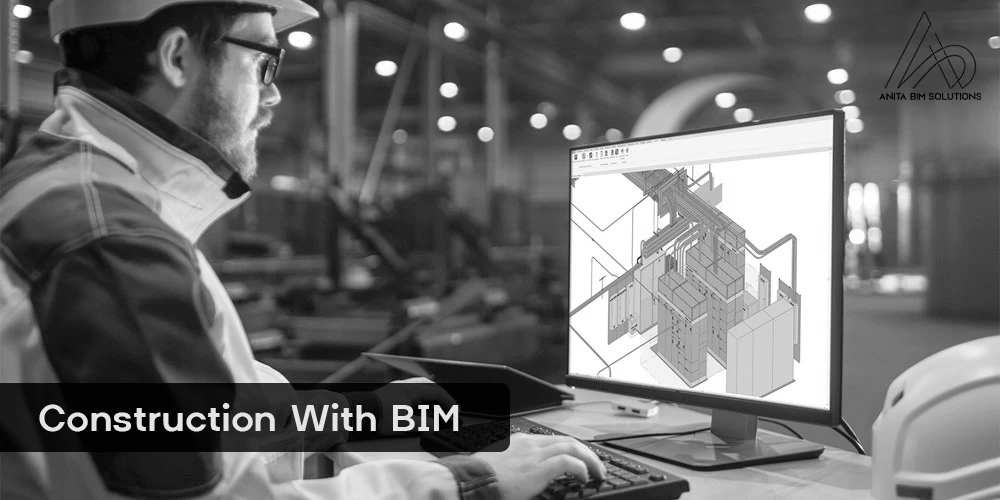

Technological advancements have significantly transformed the construction industry, with Building Information Modeling (BIM) being one of the most impactful innovations. BIM is a digital representation of a building's physical and functional characteristics. It is a shared resource for all building-related information and provides a reliable basis for decision-making throughout the building's lifecycle. This article analyzes the differences between construction projects that use BIM and those that don't, emphasizing the benefits, challenges, and overall impact on the industry.

In traditional construction projects, Within several teams, including contractors, engineers, and architects, information is frequently classified in typical building projects. These teams usually communicate verbally, through paper-based documents, and through 2D drawings. This approach can lead to several challenges.
Information Fragmentation: When using traditional methods, it is common for each stakeholder to produce and manage their collection of drawings and papers. With no single source of truth, this can lead to errors, duplications, and inconsistencies.
Error Risk Increased: When information is manually transferred between project phases, there is a higher chance of mistakes and omissions. It is possible for architects to miscommunicate modifications to engineers or contractors, resulting in errors in design or construction delays.
Limited Visualization: Stakeholders may find it challenging to completely comprehend the design purpose due to the limited visualization capabilities of 2D drawings and paper-based designs. Misunderstandings, additional work, and higher expenses may result from this.
Inefficient Collaboration: Project teams may find it more difficult to coordinate and communicate if they do not have access to a collaborative platform. Since problems are only found and fixed after they become serious ones, this frequently leads to inefficiencies and delays.

Construction projects might benefit from a more integrated and cooperative approach because of BIM. BIM provides all stakeholders access to a single source of truth by generating a digital model that spans the whole project lifecycle. This has numerous important advantages.
Centralized Information: BIM unifies all project data into a single digital model. This includes structural and MEP (mechanical, electrical, and plumbing) system designs as well as important information. All parties involved have access to the most recent information thanks to this consistent model, which also helps to reduce conflicts.
Increased Efficiency and Accuracy: Using BIM dramatically lowers the possibility of mistakes and omissions. Model modifications are automatically reflected in all linked papers and systems, guaranteeing consistency. This improves the precision of material orders, timelines, and cost estimations.
Improved Visualization: BIM models come with 3D visualization, which enables stakeholders to virtually tour the building before construction starts. This aids in the detection of possible design problems, improves spatial comprehension, and promotes improved decision-making.
Streamlined Collaboration: BIM provides a platform for project teams to collaborate in real-time. Stakeholders can collaborate on the model at the same time, exchange ideas, and fix problems before they become more serious. Project timeframes are accelerated, disputes are decreased, and collaboration is improved.

Several case studies demonstrate how BIM may completely change construction projects. When the One World Trade Center in New York City was being built, for example, BIM enabled accurate planning and coordination, saving a lot of money and time. Similar to this, BIM has helped infrastructure projects by streamlining designs, raising building sustainability, and boosting safety.
While BIM has many advantages, there are a few challenges to its adoption:
Initial Expenses: A substantial investment in technology, software, and training is needed to implement BIM. For smaller businesses or projects with tighter budgets, this might be an issue.
Learning Curve: A culture shift and a willingness to learn new technologies are necessary for the switch from traditional approaches to BIM. For companies and people used to standard procedures, this may present difficulties.
Data management: Keeping and managing the enormous volumes of data that BIM models include can be challenging. To protect sensitive data, appropriate data governance and security procedures are necessary.